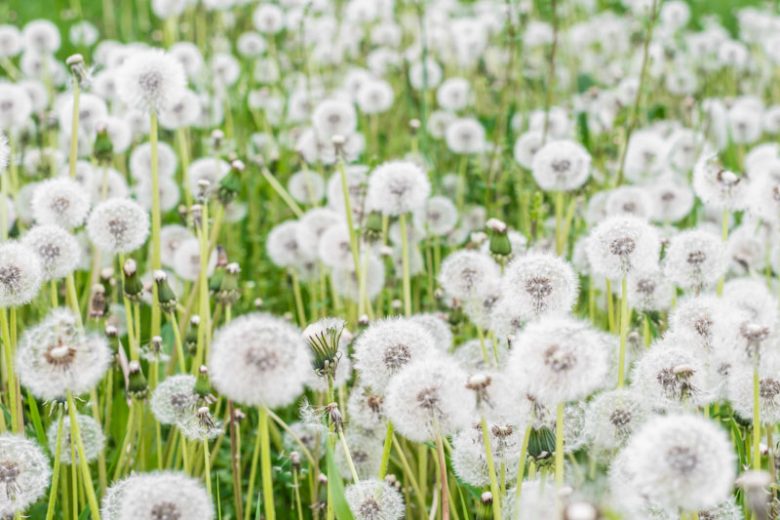Dandelion
The dandelion, a widely recognized plant, has a much more complex and fascinating story than its common perception as a pesky weed suggests. Scientifically known as Taraxacum officinale, this hardy, herbaceous plant has deep roots in history, ecology, and traditional medicine.
Originating from Eurasia, dandelions have spread to nearly every part of the globe. Early European settlers brought them to North America for their medicinal properties and as a food source. The entire plant is edible – the leaves are nutrient-rich and can be eaten in salads or cooked like spinach, the roots can be roasted and ground as a coffee substitute, and the bright yellow flowers are often used to make dandelion wine.
Dandelions are known for their resilience and adaptability. They can grow in various environments, from well-tended lawns to cracks in sidewalks. Their long taproot draws nutrients from deep within the soil, making them a natural aerator and enricher of soil. This deep root system also makes dandelions notoriously difficult to eradicate once they’ve established themselves in an area.
Medicinally, dandelions have been used for centuries. They are believed to possess diuretic properties, support liver health, aid digestion, and reduce inflammation. Modern research continues to explore these benefits, particularly in digestive health and metabolic regulation.
Ecologically, dandelions are important early spring pollinators. They provide vital nectar and pollen to bees and other insects when few other floral resources are available. Their bright yellow flowers are among the first signs of spring in many areas.
The dandelion’s life cycle is another remarkable aspect. They reproduce through parthenogenesis, meaning their flowers can develop into seeds without pollination. The seeds are carried on the wind by their unique parachute-like structures, allowing them to disperse over long distances. Each seed can travel miles from its parent plant, contributing to their widespread distribution.
In popular culture and symbolism, dandelions have a dual reputation. They are seen as a symbol of both resilience and transience. Their ability to thrive in challenging conditions symbolizes strength and determination, while their delicate, floating seeds represent the fleeting nature of life.

